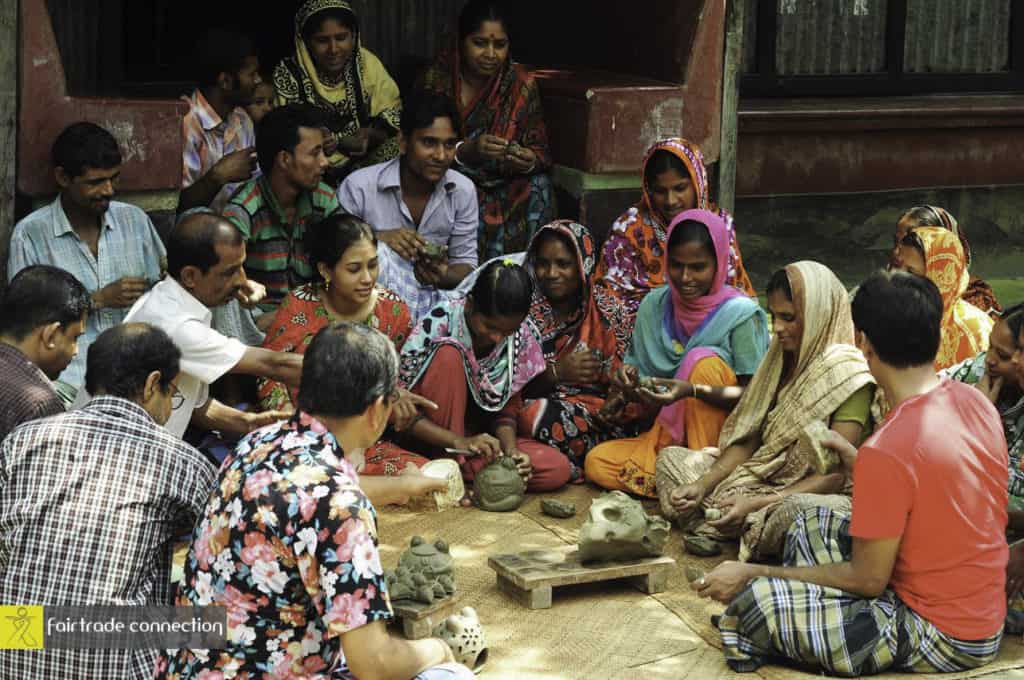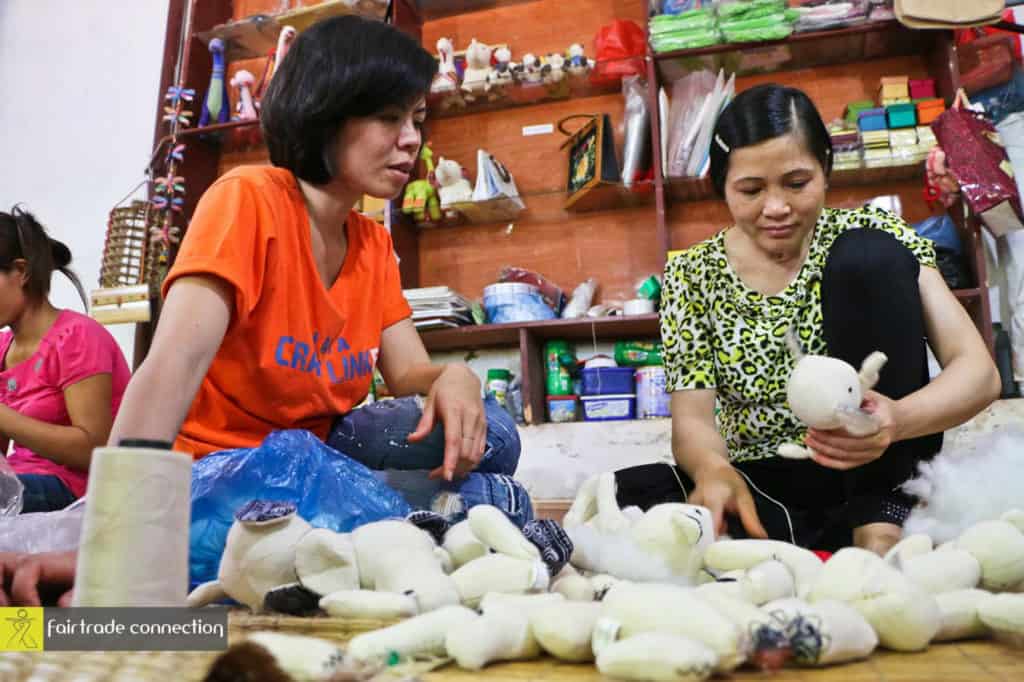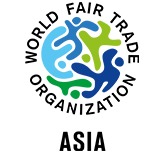
On October 19-22nd, 2016, WFTO-Asia members and friends gathered at Sampran Riverside Resort for the Asia Fair Trade Summit. For the first time, this biennial event incorporated an overarching theme of Gender Equality within the Fair Trade movement. Our recent work in developing a gender program within WFTO-Asia, including the formation of the regional Gender Working Group and the adoption of the WFTO Gender Policy, provided an opportunity to exchange best practices, lessons learnt and hopes for the future of gender within the Fair Trade movement.
The outcomes were both enlightening and inspiring and we thought we would share with you the highlights. Here are 7 things we learned about gender during the Asia Fair Trade Summit:
1. It is not enough to employ women in your organisation/institution
Gender equality requires gender-sensitivity and equitable solutions at all levels. Many of WFTO-Asia’s members employ a predominantly female workforce. In fact, 75% of producers and employees within our membership are women. We must acknowledge that our job hasn’t ended with the employment of women. We must ensure that these 75% of women, many of whom are from poor and disadvantaged backgrounds, receive the support necessary to live lives that are free from discrimination, violence and oppression.

2. Fair Trade is grounded on inclusion, equality and sustainability
These are the features that also underpin the movement for women’s economic empowerment. These two objectives are not mutually exclusive and each provides a space conducive to fostering the other.
3. The empowerment of women, and the realisation of gender equality is everyone’s responsibility
Women cannot be empowered without men also being empowered. Likewise, women cannot fight for their equality without the support of their male peers. Similarly, much progress can be made from empowering and educating the youth, so that they might carry forth the work towards a sustainable and equal future.
4. There can be no Fair Trade without the equitable inclusion and meaningful participation of women at every level
Gender equality and women’s economic empowerment does not require a top-down approach. Real change can come from the bottom and from the top. One cannot be effective without the support of the other.
5. There is not only one model for supporting women’s empowerment and gender equality in the workforce
Our members have numerous stories, best practices and lessons learned on their experiences in addressing gender, and when given the space, these strategies can be inspiring and motivating for the rest of the movement. The Asia Fair Trade Summit taught us that when time is given to discussions on gender, that time is always dynamic, inclusive and informative.
6. Capacity building on gender is an ongoing activity and sufficient time and resources should be invested in it
Our experiences are different. Our country-contexts, political situations and religious ideologies are different. Therefore, we require nuanced and continuous sensitisation and awareness-raising that levels us onto the same platform to ensure the most effective advocacy.

7. We have the power to create real and lasting change
The Fair Trade Movement is comprised of passionate, dedicated and creative individuals and organisations, which have the power to create real and lasting change. The energy that was apparent during Asia Fair Trade Summit was contagious, and it’s safe to say that all participants left with a renewed sense of hope and commitment. This momentum will be harnessed and directed towards our ultimate goal – to promote sustainability and improve trade conditions for disadvantaged producers, 75% of which are women.
